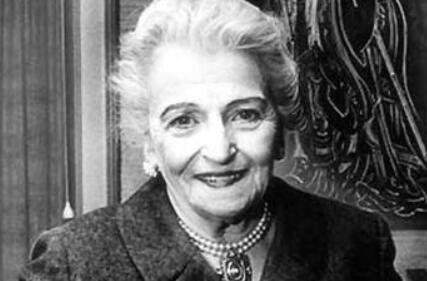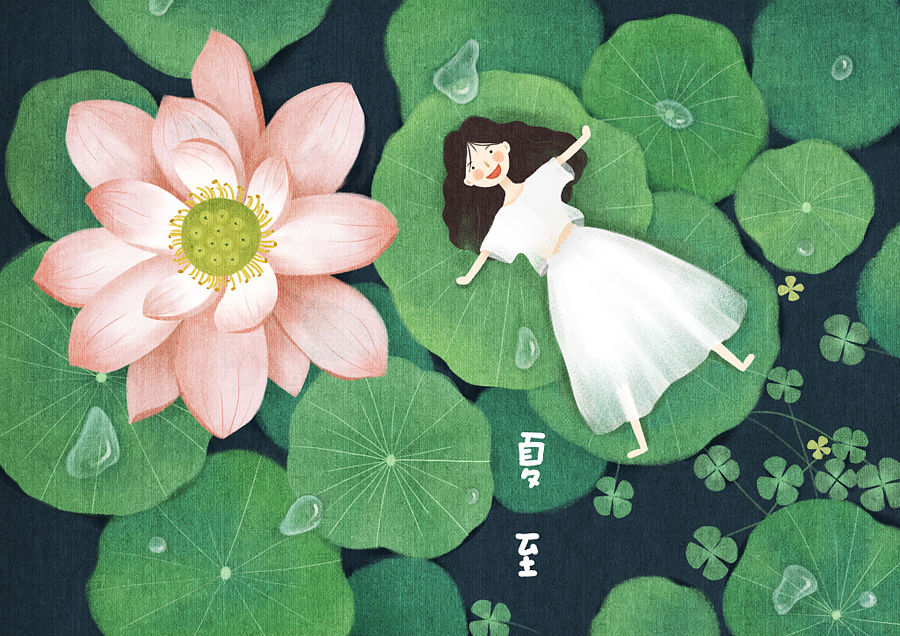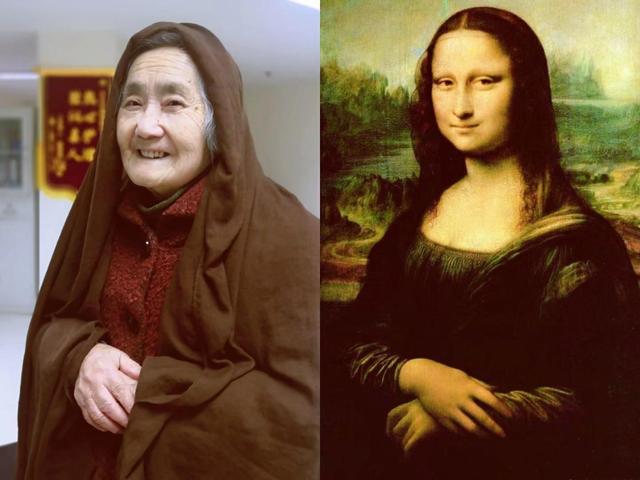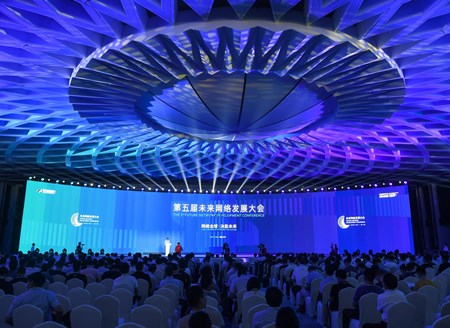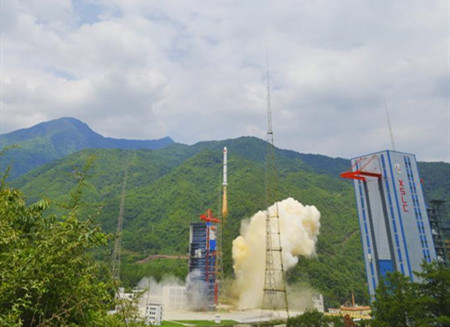If there is a Forbes list of richest American writers in China, Pearl S. Buck (1892-1973), Nobel Laureate and humanitarian, would be at the top, at least in estate value.
Pearl Buck has "houses" in four cities: Suzhou, Anhui province; Zhenjiang, Jiangsu province; Nanjing, Jiangsu province; and Lushan, Jiangxi province.
All of those cities have restored the residences that Pearl Buck once lived in as cultural heritage sites. The Pearl Buck residences in China are like pearls strung together to adorn the ongoing friendship between the Chinese and American people.
On June 29, the city of Suzhou, Anhui province also added a Pearl Buck Research Society in China, following the cities of Zhenjiang and Nanjing, both of which have their own Pearl Buck societies.
As the daughter of Christian missionaries Caroline Maude (Stulting) (1857–1921) and Absalom Sydenstricker (1852-1931), Pearl Buck grew up in Zhenjiang, where she freely mingled with the Chinese masses and deeply immersed herself in Chinese culture.
She went with her husband John Lossing Buck to present-day Suzhou, where she made friends with the locals as a missionary wife. The experience became a setting for her masterpiece The Good Earth.
She also taught at the University of Nanking (present-day Nanjing University). Her life was intricately interwoven with so many Chinese lives: She helped with a farmer's wife as she gave birth. She interacted with the Chinese literati, including Xu Zhimo. She ushered Chinese authors such as Lin Yutang to the world stage. She made speeches in America to win support for China in the Second World War. At the Nobel Prize ceremony, she paid tribute to the Chinese literary tradition.
During the "cultural revolution" (1966-76), China rejected her application for a visa to revisit China, but neither history nor the Chinese people forgot those who have loved the good old earth of China, and the people who live on it.
Today, China has returned the love of Pearl Buck with great enthusiasm by honoring her life through research activities, memorial events and even a public square in Zhenjiang.
The Pearl Buck phenomenon in China testifies to the validity and vitality of the unscripted, free-flowing exchange of people from different cultural traditions.
This is a time when China and the United States are having an ongoing trade dispute, which sometimes directed all attention to the interaction between the two governments.
There is more to the Sino-US relationships than what political rhetoric has led us to see. The story between China and the United States will not be complete if we neglect the rich, dynamic and multilayered interactions of civil societies, including exchanges between individuals, schools, cities and provinces.
Today, exchanges between the two countries face severe challenges. Scholars and students with different views are sometimes suspected as government agents, rather than cultural agents promoting goodwill.
There should be thousands of Pearl Bucks who have full-life immersion in other cultures to help their compatriots see the best in other people, no matter which ways the political winds are blowing.
The author is a US-based translator who has translated two biographies of Pearl S. Buck.
